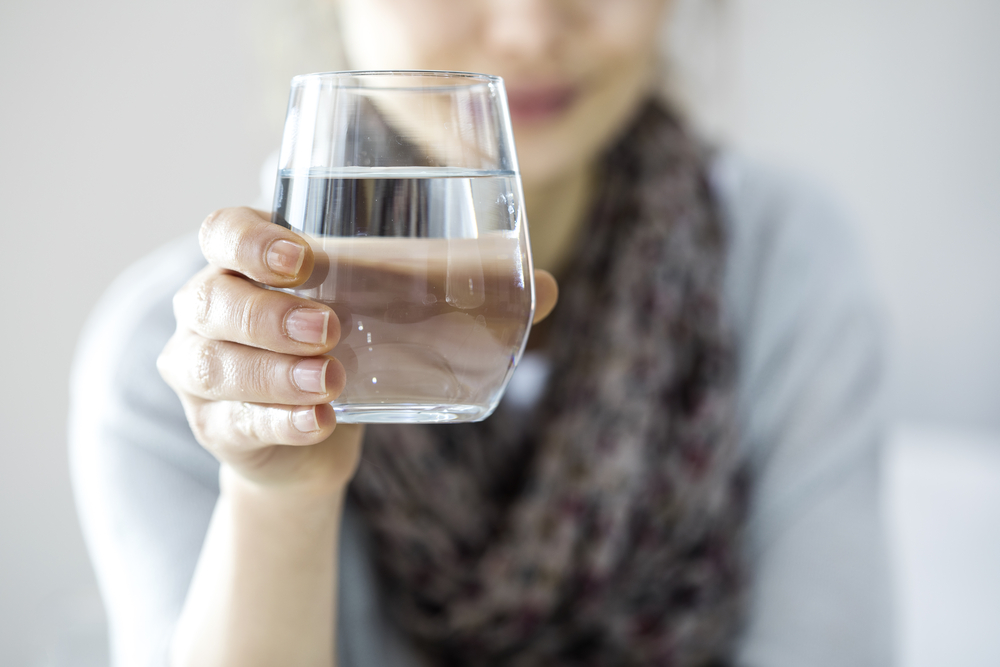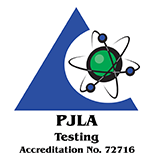Background: Colilert simultaneously detects the presence of both total coliforms and E. coli in drinking water samples at a detection limit of 1 viable organism per 100 mL sample.
MBL is certified by the State of Colorado to analyze public drinking water compliance samples collected and submitted by Public Water Systems (PWS) in their efforts to satisfy the requirements of the Total Coliform Rule under the Safe Drinking Water Act.
In addition, other individuals such as manufacturers of goods or home owners may wish to use this assay to assess the quality of water coming into contact with humans, and/or with foods and/or goods produced.
Method
Media
Turn Around Time
Sample Required
Type of Test
Detection Limit
Reportable Units
Related Resource
Colilert: APHA SM 9223 B & AOAC 991.15 CDPHE Certified
Colilert Media
24 Hours
100 mL collected in an approved container
Presence / Absence
Colilert detects total coliforms and E. coli at 1 organism/100 mL.
Absent (<1 CFU/100 mL) or Present (≥1 CFU/100 mL)
Analysis Description: Colilert is a Minimal Medium ONPG-MUG (MMO-MUG) Test as set forth in the article “National Field Evaluation of a Defined Substrate Method for the Simultaneous Detection of Total Coliforms and Escherichia coli from Drinking Water: Comparison with Presence-Absence Techniques” (Edberg et al.). It is also known as the Autoanalysis Colilert System.
The chromogenic substrate ortho-nitrophenyl-β-galactopyranoside (ONPG) is used to detect the enzyme β-galactosidase, which is produced by total coliform bacteria.
The fluorescent substrate 4-methylumbelliferyl-β-glucuronide (MUG) is used to detect the enzyme β-glucuronidase, which is produced by E. coli.


